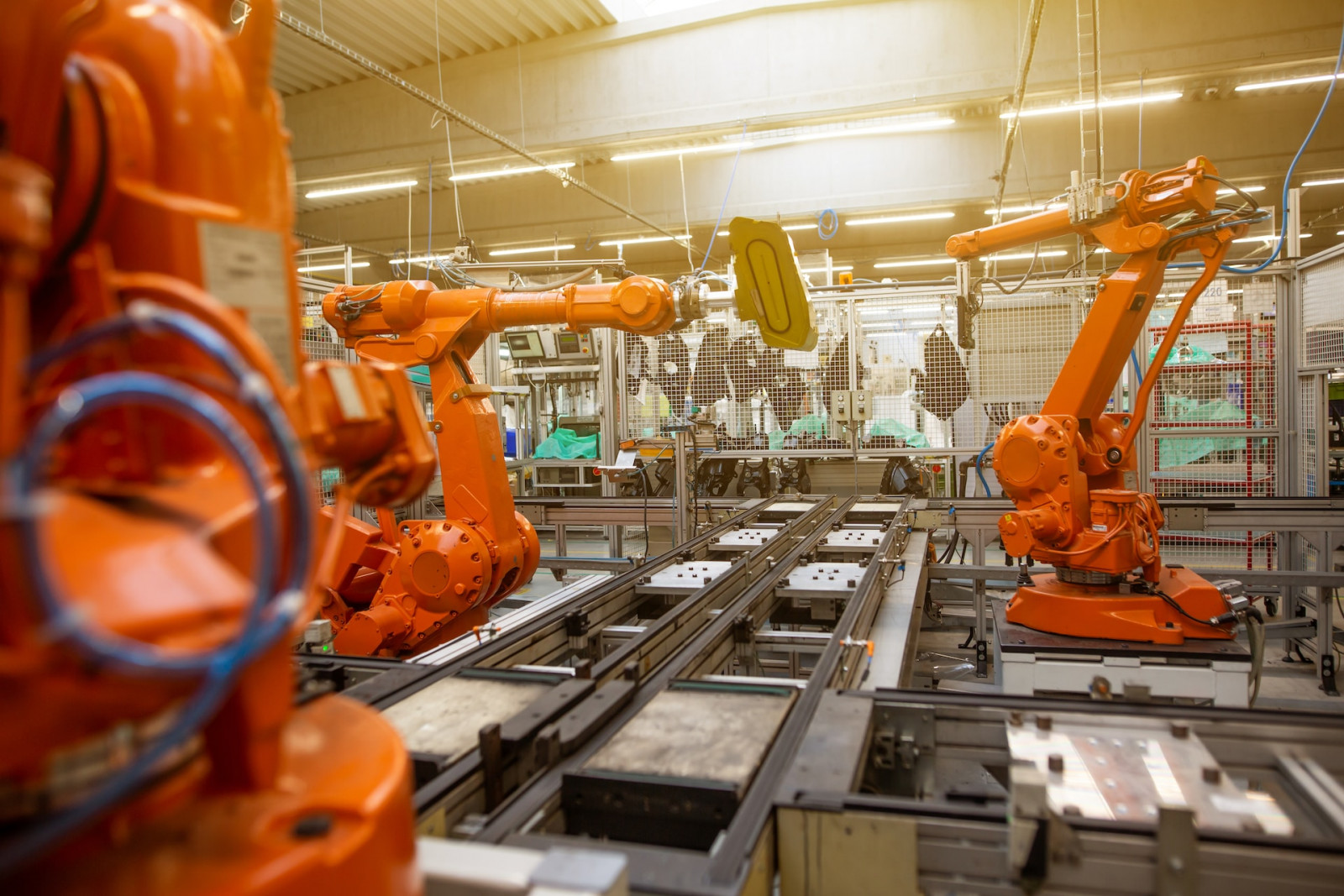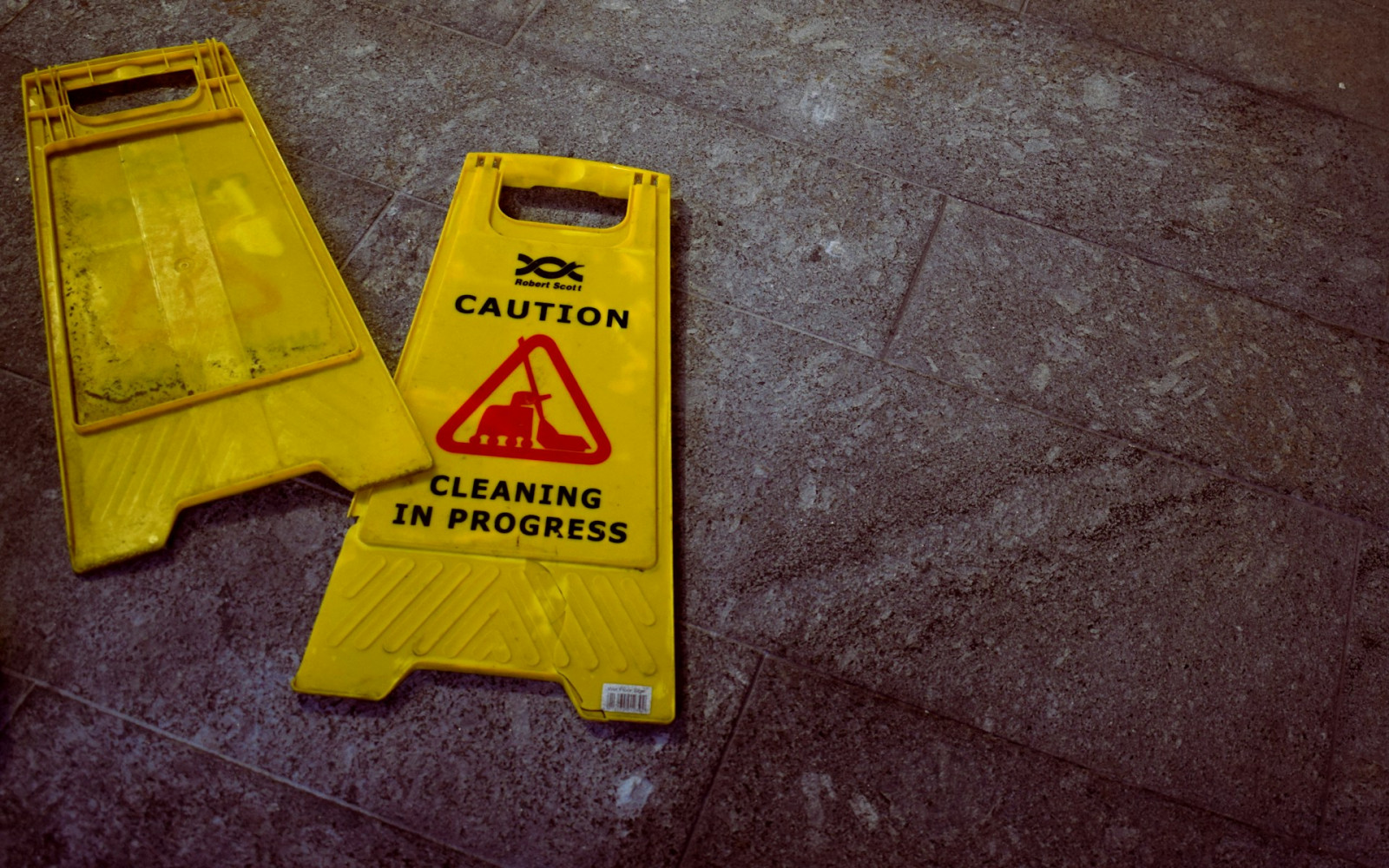Why Some Robotic Projects Fail to Comply with Essential OSHA Guidelines

Robots are a common cause of workplace safety reports, but it’s likely not for the reasons most would think. From robotic arms to cobots, all the machinery learns from humans to boost their productivity by working alongside them. However, sometimes Occupational Safety and Health Administration (OSHA) guidelines are overlooked. Discover how to comply with the most prominent robotic safety rules.
Inadequate Risk Assessment
Many robotic hazards don’t happen during operations. It usually occurs during production or testing instead. Even though this is the case, it implies it’s more important than ever to maintain the robot sector’s reputation by keeping incidents low. A risk assessment identifies major hazards from an environmental and workflow perspective. The review discovers the most likely safety infractions to find ways to prevent them.
This could fail to comply with OSHA guidelines like 29 CFR 1910.132, which relates to personal protective equipment (PPE). Say a faulty robot threatens to cause heat- or burn-related injuries. If employees don’t have access to reliable, durable PPE to prevent them from this, then a company would fail assessments.

Lack of Safety Interlocks
Safety interlocks prevent machines from running when their access points are open. Since 1984, there have only been 58 OSHA-reported incidents related to robots. If curious minds dig through the reports, they will discover many got hurt doing maintenance tasks such as lubricating belts or cleaning a robotic welding tip.
All equipment safeguard protocols are in 29 CFR 1910.212. Robotic belts and joints shouldn’t be electrified or spinning while technicians do maintenance work. These mechanisms should be anywhere operators can access the robot’s internal workings. In 29 CFR 1910.212(a)(1), OSHA states machines should have guards protecting operators and nearby employees from moving parts. Nobody should come into contact with a moving robot when it could pose a risk.
Insufficient Training
No two robotic workers come in with the same knowledge and education. They may be unsure if a company uses proprietary machines, requiring training from the ground up. Robots could be the same make and model but use different software. The skill variations are wide, which is why comprehensive, consistent training is necessary to keep everyone working on the same page.
Otherwise, it could signal a breach in 29 CFR 1910.1200. This code is all about hazard communication. It asserts education on hazardous materials is critical alongside general safety practices for using equipment, robotic or otherwise.
Another useful resource is 29 CFR 1910.119, which covers Process Safety Management of Highly Hazardous Chemicals. Depending on the liquids a robot requires to operate, additional training on these dangers may be necessary. The code recommends performing a process hazard analysis every five years to validate safeguards.
Ignoring Emergency Stop Features
Interlocks are like emergency stops (e-stops) but they are more intense. These fail-safe mechanisms can take the form of cords, switches, buttons and more. Ignoring key features means putting them in places where they are inaccessible, designing them in ways that meld with the environment or failing to abide by OSHA guidelines.
Code 29 CFR 1910.144 and 1910.147 are the robotics safety rules for all things e-stops. They should be red with yellow housing for visibility, and touchscreen versions are not allowed anywhere. It’s also critical to follow the International Electrical Commission and American National Standards Institute recommendations.
Improper Maintenance
Robots need new parts, frequent lubrication and software updates. Maintenance is a neverending project, and if operators dismiss its importance, OSHA compliance is at stake. One example is 29 CFR 1910.332, which outlines electrical safety-related work practices. It’s a comprehensive overview of all the aspects of working around electrical equipment, including maintenance guidelines.
Operators should cross-reference in-house documents with manuals from robotics manufacturers. Only use equipment from trusted suppliers that can validate the safety of their stock.
Neglecting Comfort Considerations
The 29 USC 654 code is a generalized yet critical facet of OSHA standards. It states that everyone should be able to work in a comfortable, hazard-free environment, which includes access to well-maintained tools. Since this description is so broad, it could refer to something as simple as ergonomics.
Consider an employee who has back pain and needs to do maintenance on a robotic arm. Because of the general duty clause, this technician should never be forced into a position leading to excess strain or injury. Sometimes, facilities put equipment or robots in hard-to-reach locations, especially for in-the-weeds, precision repairs.
Failing to Implement Lockout/Tagout Procedures
Lockout/tagout (LOTO) gives robot operators control over machines, primarily in extremely harmful or life-and-death situations. LOTO is the process of shutting down the power to a machine to work on it.
It is an extensive process of notifying other workers who may be affected, isolating specific types of energy and verifying the process’ success. This is also called controlling hazardous energy. Eventually, operators will need to reactivate the machinery and inspect it for safe use. If this doesn’t happen, catastrophes may ensue. LOTO practices are available in the OSHA 29 CFR 1910.147 sheet, covering LOTO procedures, training and upkeep.
Lack of Clear Signage
While it could be fun trying to memorize the entirety of OSHA’s catalog related to robotics safety rules, a sign would save some time. That’s why OSHA made accessible, detailed signage a rule for staying safe around robots.
The signs can describe robotic hazards and how to prevent and respond to them if they happen. The best place to look for advice on this is 29 CFR 1910.145, or Specifications for Accident Prevention Signs and Tags. Nobody has an excuse to forget critical safety information when it’s always visible.

Poor Incident Reporting
What if an accident involves a robot? To ensure consistent incident reporting, OSHA drafted 29 CFR 1904, the Recording and Reporting Occupational Injuries and Illnesses code. These codes are helpful for corporations, researchers and employees.
From a corporate perspective, it can learn the most prominent hazards and implement new practices to prevent them. Researchers may discover what ails facility workers worldwide by visualizing data. Then, employees know how to train more holistically to keep the partnerships with their robot coworkers positive.
The Top Robotics Safety Rules
Perfection in safety is close to possible by following industry-leading standards. Robotics have some of the highest potential in the world to benefit workers’ lives. Everything becomes easier, more productive and safer — but only with the right attention to detail.
Thanks for helping to keep our community civil!
This post is an advertisement, or vandalism. It is not useful or relevant to the current topic.
You flagged this as spam. Undo flag.Flag Post


